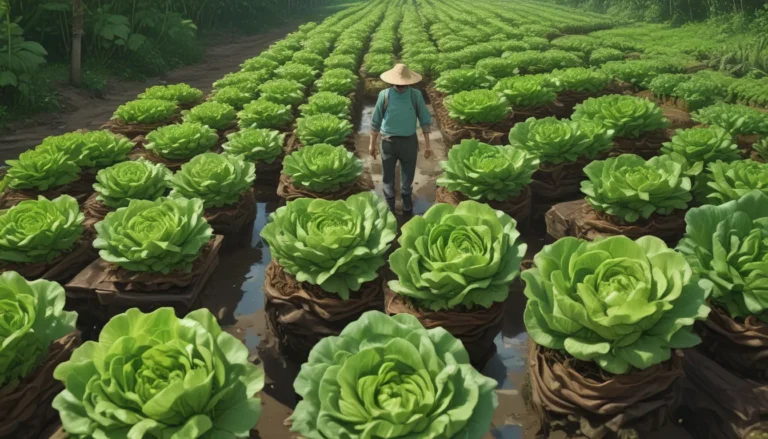A Comprehensive Guide to Growing Dwarf Citrus Trees

If you’re a fan of fragrant flowers, beautiful foliage, and delicious fruits, then dwarf citrus trees might just be the perfect addition to your garden. These miniature versions of regular fruit trees pack a punch in terms of flavor and productivity, making them an excellent choice for modern home gardening.
What are Dwarf Citrus Trees?
Dwarf citrus trees are essentially regular fruit trees grafted onto smaller rootstock, resulting in plants that bear the same tasty fruits but in a more compact size. These trees typically reach a maximum height of 8 to 10 feet, making them ideal for smaller spaces and container gardening.
All About Dwarf Citrus Trees
Benefits of Dwarf Citrus Trees:
- More easily accessible fruit due to their smaller size
- Equivalent fruit quality compared to standard-sized trees
- Higher production per size than standard trees
Varieties of Dwarf Citrus Trees:
- Lemon
- Orange
- Grapefruit
- Lime
- Tangelo
- Kumquat
Where to Buy Dwarf Citrus Trees:
- Nature Hills Nursery
- Brighter Blooms
- Local nurseries or garden centers
Sunlight Requirements:
- Dwarf citrus trees thrive in sunny locations, whether it’s morning or afternoon sun.
Soil Requirements for Dwarf Citrus Trees:
- Well-draining soil is essential for healthy growth.
- Commercial citrus mixes or specially blended soil for citrus trees work best.
Shaping and Pruning:
- Young trees can be trained to a desired shape, whether rounded or espaliered.
- Regular pruning is important to maintain airflow and remove deadwood.
Fertilization Needs:
- Only fertilize when the trees show signs of nutrient deficiency.
- Use a balanced fertilizer with an acid reaction, or opt for micronutrient sprays.
Pest Control:
- Common pests include ants, snails, aphids, thrips, and spider mites.
- Use natural remedies like diatomaceous earth, insecticidal soap, and neem oil.
Disease Management:
- Watch out for diseases like huanglongbing, citrus canker, melanose, greasy spot, and root rot.
- Treat infections promptly with appropriate remedies to prevent spread.
Harvesting Citrus Fruits:
- Different citrus varieties ripen at various times throughout the year.
- Harvest when the fruits change color and are easily plucked from the tree.
Utilizing Citrus Fruits in Cooking:
- Incorporate homegrown citrus fruits in a variety of recipes, from salads to desserts.
- Try Tequila Shrimp Tacos with Jicama Cucumber Slaw, Grapefruit and Fennel Salad, Sheet Pan Chicken Piccata, Mini Meyer Lemon Donuts, and Gluten-Free Mandarin Orange Sponge Cake.
Benefits of Dwarf Citrus Trees:
- Ideal for smaller spaces or container gardening
- Easy to care for and maintain
- Serve multiple purposes in the landscape
Whether you’re a seasoned gardener or a novice looking to add some fresh flavors to your garden, dwarf citrus trees are an excellent choice. Their compact size, versatility, and bountiful fruits make them a valuable addition to any garden. Have you tried growing dwarf citrus trees in your garden? Share your experiences in the comments below!
For more fruit-filled tree options, consider exploring:
- How to Grow Plumcots and Pluots
- How to Grow and Care for Peach Trees
- How to Grow Beautiful and Productive Fig Trees
Originally published by Mike Quinn on September 8th, 2014. Last updated March 27th, 2019.





